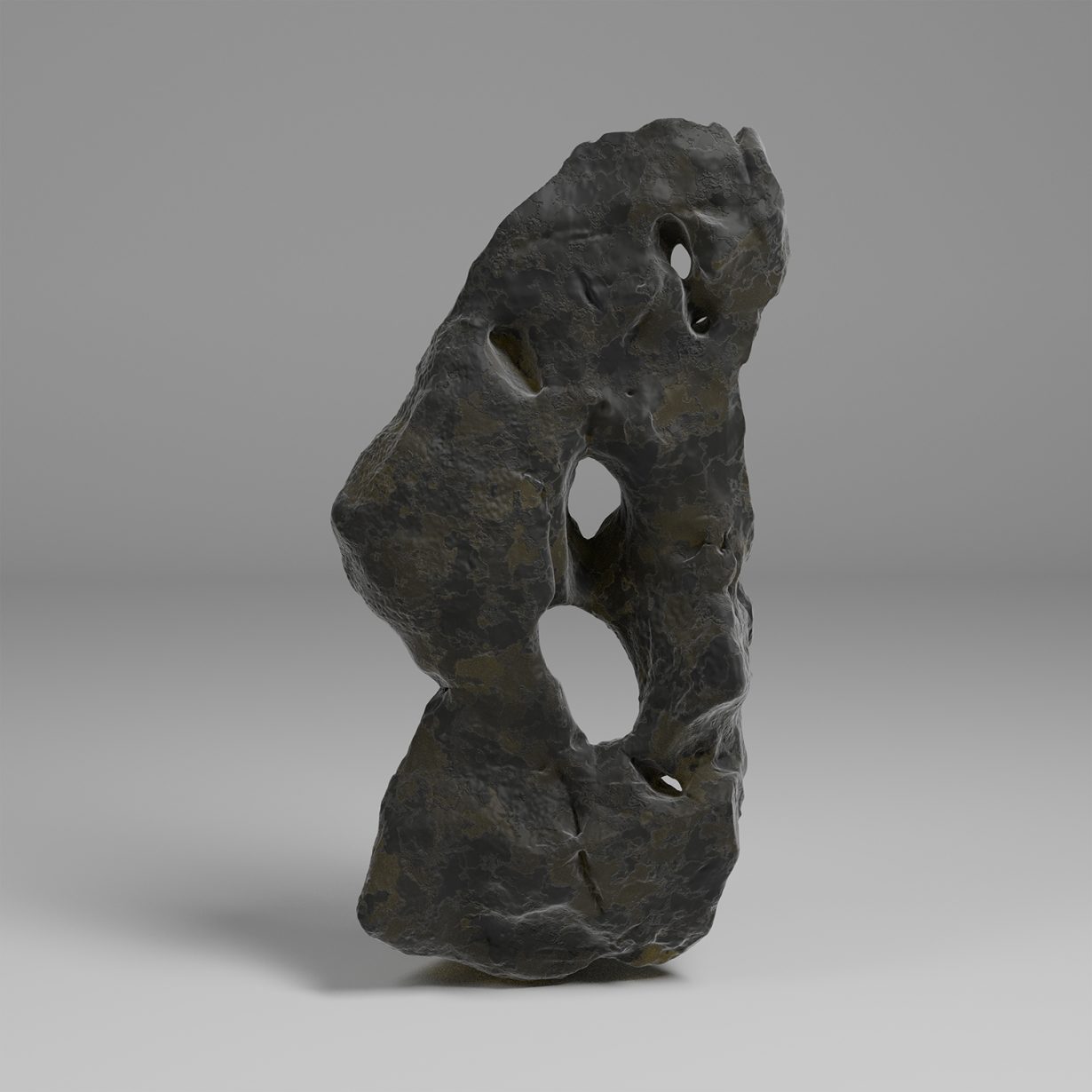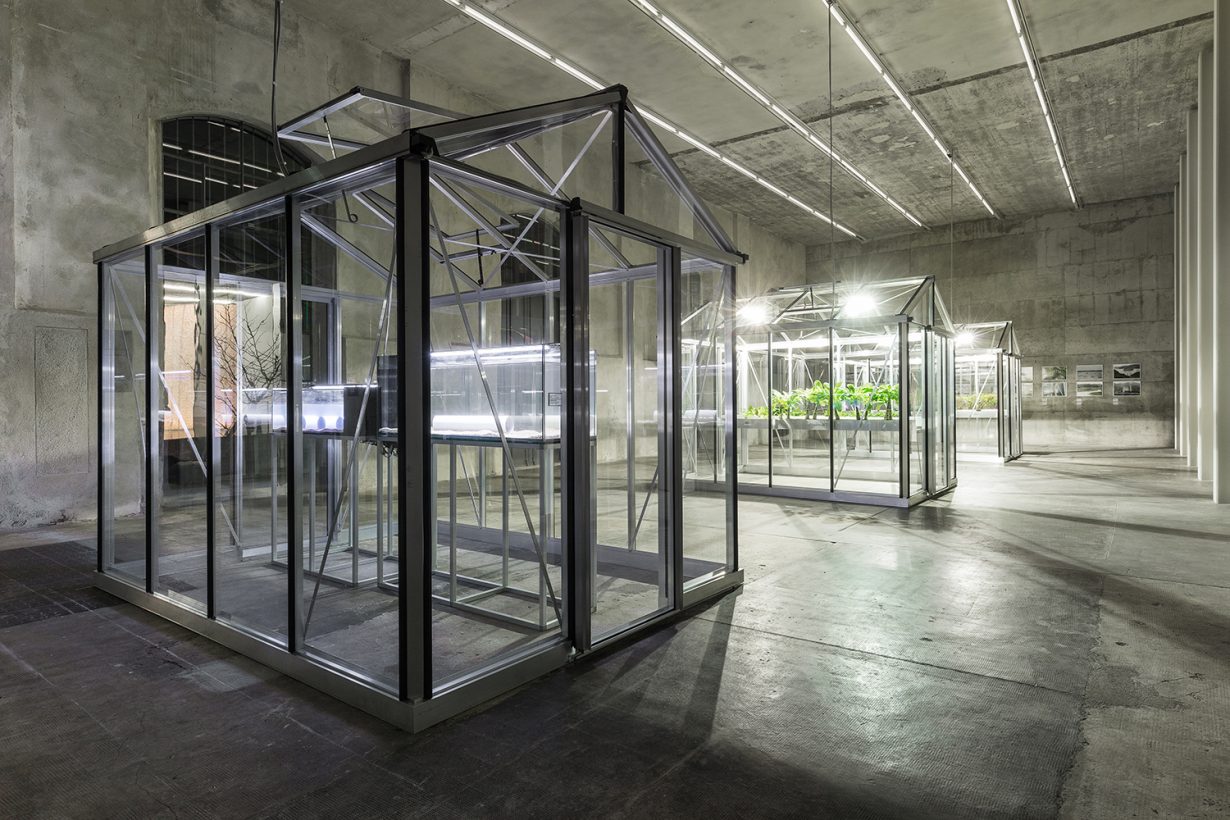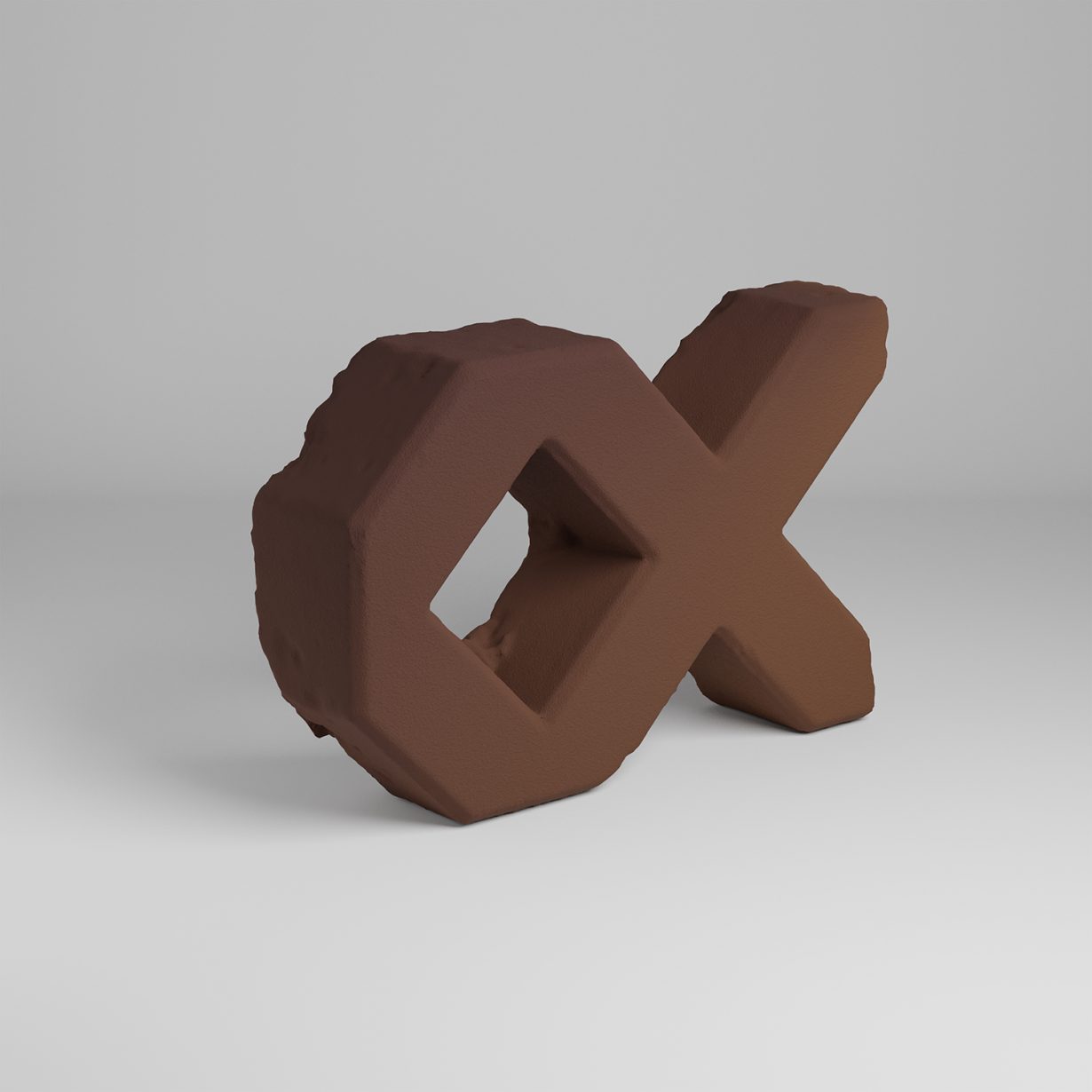The artist offers a “phantom glimpse” of the city’s lost wetland system
American artist Michael Wang is an expert when it comes to exploring cultural ecosystems at global scales. Albeit his starting point is usually something smaller, something local, something that becomes a ‘pressure point’. In World Trade (2017), an installation in which minimalist flat steel sculptures are juxtaposed with prints of newspaper pages, for example, he traces the flow of steel removed from the site of the former World Trade Center following 9/11 as it is recycled through to Chinese and Malaysian metal markets: steel from a defunct architecture reincarnated in found cold-rolled steel sheets that might equally be minimalist sculptures. The smooth, metallic surfaces that shone with cold light, invisibly etched with the material memory of the historical tragedy, were further intertwined with the narratives of art history following their display (as artworks) in Wang’s 2017 solo exhibition at Foxy Production, New York.
It’s Lake Tai, one of China’s Five Lakes (and the third largest, providing a habitat for more than a hundred types of freshwater fish), that is the ‘pressure point’ generating Wang’s project at Rong Zhai (‘Rong’s residence’) – the 1918 mansion that hosts the Fondazione Prada’s Shanghai art exhibitions. The project is Wang’s second dive into aquaculture in the Yangtze River region (in which Shanghai is located): two years ago, Wang participated in the Shanghai Biennale, Bodies of Water, showing monochrome paintings from the Terroir series (2015–) that were coloured with crushed bedrock taken from seven cities along the Yangtze Basin. Presenting a geological palette that was much broader than the usual earth tone-spectrum one might assume was present, the works offered a rich alluvial horizon of ecological histories.

Shanghai’s ‘mother rivers’, the Huangpu and Suzhou Creek, are connected to Lake Tai, and bridge the complex hydrologies of the Yangtze Basin and the East China Sea. The liquid lineages do not stop here. Apart from the water veins, the exhibition venue is connected to Lake Tai by human bloodlines: Rong Zongjing (1873– 1938), a successful businessman, the ‘flour king’ in old Shanghai, was the former owner of Rong Zhai. His brother, Rong Desheng, also a renowned private entrepreneur, bought a plum garden near Lake Tai in Wuxi, the hometown of Rong’s family. Rong Desheng’s son Rong Yiren, the fifth vice president of People’s Republic of China, donated most of the garden to the nation, turning a space for private contemplation of floral scenery over to the public.

Wang’s Taihu (2022) – its title a transliteration of Lake Tai – is a group of largescale ‘scholar stones’ and lifesize hairy-crab sculptures made of biowaste derived from the lake. This biomass – algae, invasive plants, crab shells (from which chitin is extracted) from tourists’ feasts – is then transformed into bioplastic, and moulded into sculptural objects based on 3D scans of actual scholar rocks and hairy crabs. Taihu rocks are porous limestone, shaped by the rapid undercurrents of Lake Tai. They were beloved collectibles of ancient Chinese intelligentsia (literati) and staples of Chinese horticulture. They were categorised as changwu (‘superfluous objects’) in literati culture; ‘useless’, ‘excessive’ things, just like paintings, calligraphic texts and other cultural objects created for pleasure, they represent a sublime ‘unstained’ by function as a necessity of survival. However, the concept of ‘utility’ is always relative in human history. A Taihu rock’s ‘allure’ lies in its folds and the perforated forms created by the untended design of nature. The stones did not feed ancient Chinese intellectuals, as did rice, but they were manifestations of scholars’ worship for tiangong (‘heaven’s craftsmanship’), beauty singlehandedly created by the invisible hand of nature as it manifested its otherwise invisible cultural capital. Even today, the boundary between ‘useless’ and ‘useful’ with regard to Lake Tai is unclear: for example, on the one hand the algae that blooms as a result of eutrophication contaminates drinking water in the area; on the other, it has spawned new technologies and economies, among them industrial filtration systems for algae removal, that might help create cleaner futures. Wang purchased a bulk amount of the lake’s biomass from companies specialised in such business, and from the lake’s ‘useless’ and ‘unwanted’ bio-broth there emerge the simulacra of enticing aquatic delicacies and precious collectable stones.

Photo: Delfino Sisto Legnani and Marco Cappelletti. Courtesy the artist
Taihu rocks are a token for love or fetishism towards uncontrollable nonhuman forces, or a dynamism that transcends human time scales. Tang dynasty poet Bai Juyi (772–846 CE), filled with admiration for the rocks, described them as examples of ‘compressed Chaos’. He also regarded the rocks as a work of condensation: thousands of mountains and ridges, caves and gullies, time and space, are formed into solid mineral masses. When contemplating such an object, ‘thousands of miles of scenery can be seen in an instant,’ he ventured. Suzhou Creek (Piles) (2022) is a group of Chinese fir-shaped sculptures that speak to the histories of vibrant manufacturing activities in the early nineteenth century and the lush vegetation of ancient times on the riverbanks of Suzhou Creek. The work itself takes the format of a sparse artificial woodland made of concrete and rebar from demolished factories along the river. The trees gave Suzhou Creek its old name – Songjiang, ‘the pine river’ – and the sculptures are like the ectoplasm of the riverbank’s ancient afforestation and of the now-vanished industrial agglomeration (including Rong Zongjing’s flour mills). Artifacts (Yixing clay) (2022) replicates flotsam, especially those related to petrochemical industries, such as tyres and paint cans found in Lake Tai, in Yixing clay and tremolite jade. Both materials, sourced from the Lake Tai Basin, have a long history of human use: the former has been base material for teaware since the Song dynasty (960–1279 CE), while tremolite jade was widely utilised in ritual objects during the Neolithic Liangzhu culture (3300–2300 BCE) that had settlements distributed around Lake Tai.

The ‘replicas’ within Artifacts include an item of tyre-shaped Yingxing stoneware resonating with the shape of a bi – a jade disc used for heaven-worshipping in Liangzhu culture – and plastic bottles and paint cans made of the same material. The artist mentions in conversation that these objects are “footnotes” to the project: small and deliberately inconspicuous. But these replicas of the petrochemical castoffs also speak to the long chapters of the nondegradable substances haunting a future that stretches far beyond us.
Spectres of the lake’s drainage zones are summoned in Rong Zhai’s back yard. Tatarian aster, cursed buttercup and common weed from Shanghai’s lost wetland system are grown in a sunken pond behind the mansion (Shanghai Swamp, 2022). As we discuss the work, the artist states that it is a “phantom glimpse” of the city’s swampy past (now “fossilised” in the archaeological gaze of the Natural History Museum in Shanghai). This is not the first time that apparitions of vanished ecologies have appeared in Wang’s projects. In the exhibition Extinct in the Wild (2017; shown at the Fondazione Prada’s premises in Milan), glass and metal greenhouses are inhabited by species critically endangered or extinct in the wild but ubiquitous in the human world, such as axolotls that are bred as pets and lab animals. It’s a contradiction that is, bizarrely, driven by both economic and preservational motivations. The glassy, ‘in vitro’ environment in that project is repeated in Shanghai Swamp, which restages Shanghai’s long-gone marsh, creating a wormhole connecting different ecological times, suturing tissues of disconsonant narrative layers.

Although the Anthropocene is still a disputed reality, the heated debate around it in itself serves to remind people of the impact of human activities on the Earth’s surface. Wang once stated that ‘Lake Tai is a cyborg’: the waterbody needs to be ‘dialysed’ by industrial filtration systems on a regular basis to exist; the lake can no longer self-purify. The lake is a hybrid, like everything else. Wang’s project does not seek to draw conclusions about or offer solutions to the pollution in the region (although he does use a variety of sustainable materials in the exhibition). Instead, the worldly systems presented in Wang’s work are the product of conflicting dynamics and narratives stitched together: the ‘useless’ blue-green algae (cyanobacteria) that has caused annual biodisasters in Taihu Lake since the 1990s was also behind the Great Oxygenation Event, which took place around two billion years ago and featured a surge in atmospheric oxygen, enabling us to live with other creatures under an oxygenised ‘roof ’; plants and animals considered ‘extinct’ (in the wild) are ubiquitous in greenbelts and pet shops. They are at once nowhere and everywhere.
Lake Tai, Prada Rong Zhai, Shanghai, 8 April – 5 June 2022.
From the Spring 2022 issue of ArtReview Asia
